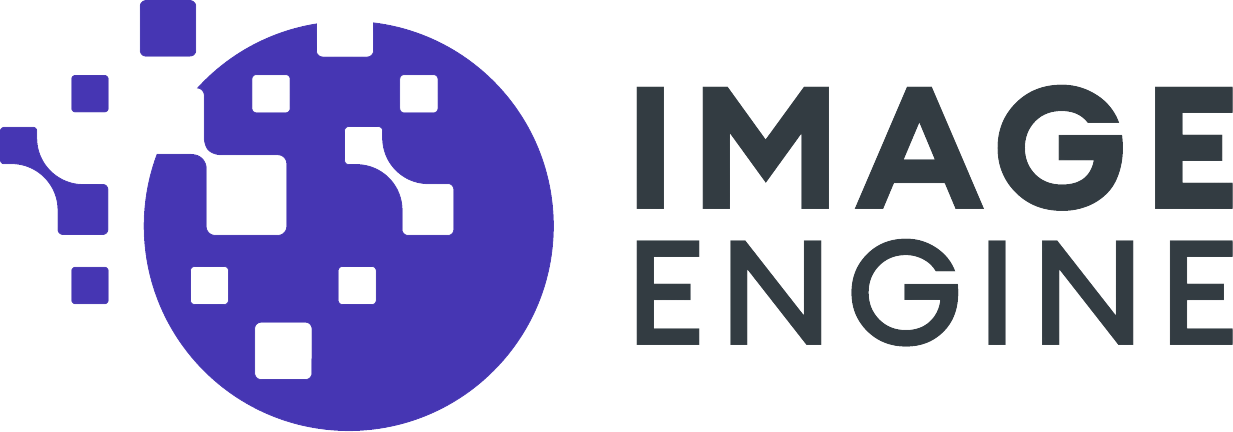What is JPEG XL?
JPEG XL (commonly known as jxl), a trailblazing image format and cutting-edge standard developed by the gurus at the Joint Photographic Experts Group (JPEG), is stepping into the spotlight of modern image technology. Rising above the confines of its predecessors, including JPEG XR and the original JPEG, this tech marvel is engineered to deliver breathtakingly high-quality visuals paired with an economical encoding system and smaller file footprints.
JPEG XL isn’t just about small file sizes and high image quality; it’s a game-changer packed with a host of advanced features. Think lossy and lossless compression modes working in harmony, progressive decoding in action, and full support for a wide color gamut and spot colors. This format also boasts a flexible modular mode structure, an adaptive quantization field, and context modeling to fine-tune image compression to an extraordinary level.
Harnessing the power of efficient encoding techniques and tapping into the spatial and frequency attributes of the image, JPEG XL strikes the perfect balance between significant size savings and negligible quality loss. Its superior compression efficiency outperforms current image formats, and it caters to a range of image features, including the elusive alpha channel and animated images.
In essence, JPEG XL is a revolutionary image format that seamlessly marries high-quality imagery with efficient encoding. It’s the jack-of-all-trades format set to make waves in various applications, from breathtaking photography and dynamic web content to vibrant multimedia.
Optimize & DELiver the images on your site using our image cdn for 30 Days absolutely free
Benefits of JPEG XL
Understanding the complexities and intricacies of JPEG XL might feel overwhelming at first glance. However, breaking down its diverse features and benefits into digestible points can provide a clearer, more manageable perspective. Below is a comprehensive breakdown of the key attributes that set JPEG XL apart from its predecessors and contemporaries:
- JPEG XL brings numerous benefits to image optimization.
- One of the major advantages of JPEG XL is its ability to reduce file sizes while preserving image quality significantly.
- Using efficient encoding methods and context modeling, JPEG XL manages to attain substantial reductions in file size compared to other image formats.
- JPEG XL is ideal for applications that require high-quality images with smaller file sizes, such as websites and mobile applications.
- Supporting progressive decoding, JPEG XL enhances user experience by presenting images and progressively improving their quality as more data gets loaded. This feature proves especially valuable in low-bandwidth situations, promising a smoother, more engaging visual interaction.
- JPEG XL offers advanced color space support, including wide color gamut and spot colors, for a more accurate representation of colors and better compatibility with modern display technologies.
- With the flexibility to toggle between lossless and lossy compression modes, users are given the power to strike a perfect harmony between reducing file size and maintaining impeccable image quality. This dynamic adaptability is a hallmark of the trailblazing image format, JPEG XL, tailored to accommodate diverse user requirements.
Overall, with its efficient encoding, high-quality image reproduction, and versatile compression modes, JPEG XL emerges as a promising image format that addresses the limitations of previous formats and offers substantial benefits for a wide range of applications.
Unveiling the Impact of JPEG XL on the Landscape of Image Optimization
In the ever-evolving digital technology sphere, JPEG XL emerges as a groundbreaking, royalty-free image format engineered explicitly for the web. As the successor to the ubiquitous but aging JPEG format from 1992, JPEG XL holds the promise of a significant technological leap.
Distinct from next-gen formats such as AVIF and WebP, JPEG XL is uniquely designed with images and pictures at its core, sidestepping the quality loss issues encountered by video-based codecs.
Despite its extensive deployment and admirably compact nature when put side-by-side with PNG, JPEG finds itself wrestling with a host of restrictions. It needs more transparency and animation, struggles to provide lossless compression, and stumbles in rendering high bit-depth support. These are not just minor hiccups but substantial roadblocks that rattle JPEG’s longstanding dominion as the top dog in the image format arena.
Enter JPEG XL, a format that addresses JPEG’s shortcomings and leaps beyond the attempted improvements of WebP and AVIF. This new format paves the way for a dynamic shift in web image technology, offering a smaller size, higher dimension, and channel support, animation and tile support for large images, progressive decoding, lossless encoding, wide-color gamut, and phenomenal speed for both encoding and decoding, all under a royalty-free banner.
Despite the current lack of support by operating systems, browsers, and mobile apps, the future looks bright for JPEG XL as Apple has incorporated it into its product line. With support from iOS 17, macOS Sonoma, and Safari browser, JPEG XL is poised to enhance artists’ workflows, simplify developers’ tasks, and revolutionize how we view and use images on the web.
Powering JPEG XL with your image CDN.
ImageEngine, excited by Apple’s announcement, worked tirelessly to integrate support for JPEG XL into ImageEngine in June 2023, ensuring that any user of iOS 17 or macOS Sonoma with Safari browser will automatically receive a JPEG XL image. This upgrade is available to all customers, free of charge and without the need for any modifications, marking the beginning of a new era for web images.
If your existing image optimization strategy is manual, you should take advantage of the opportunity to future-proof your website. Don’t worry, we can help! ImageEngine reformats and optimizes your images for every browser and device without you having to lift a finger. Claim your free 30-day trial to get started.
